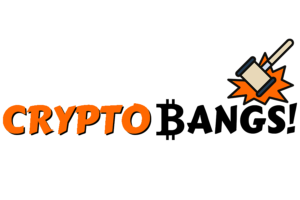NFTs, or non-fungible tokens, are digital assets that are unique and cannot be replaced by another asset. They are created using blockchain technology, which is the same technology used for cryptocurrencies like Bitcoin.
NFTs have become popular in the art world as a way for artists to sell their digital artworks online. Because each NFT is unique, it gives artists a way to prove the authenticity of their art and control how it is used. NFTs also allow artists to set a higher price for their work, as it can’t be replicated or copied.
Creating an NFT is relatively simple. The first step is to create the digital artwork that you want to sell as an NFT. This can be a digital painting, a GIF, a video, or even a tweet. Next, you will need to find a platform that allows you to create and sell NFTs, such as OpenSea, Rarible, or SuperRare.
Once you have an account on one of these platforms, you can upload your digital artwork and set a price for it. You can also set certain rules for how the NFT can be used, such as whether it can be resold or used commercially.
When someone buys your NFT, they will receive a unique code that proves they own the artwork. This code is stored on the blockchain, which is a public ledger that keeps track of all transactions.
NFTs have several potential benefits and drawbacks.
Pros:
- Provenance: NFTs allow artists to prove the authenticity of their digital art and track its ownership history. This can be useful for establishing the value of a piece and preventing fraud.
- Monetization: NFTs give artists a way to monetize their digital art by setting a higher price for it, as it can’t be replicated or copied.
- Control: Artists can set certain rules for how their NFTs can be used, such as whether it can be resold or used commercially.
- Appreciation: NFTs can appreciate in value over time, making it a good investment for collectors and enthusiasts.
Cons:
- Complexity: NFTs are a relatively new technology, and the process of creating and selling them can be complex for artists who are not familiar with blockchain technology.
- Limited market: NFTs are currently a niche market, and there is not a large audience of buyers for digital art.
- Environmental Impact: The process of creating and trading NFTs requires a significant amount of energy, which can be detrimental to the environment.
- Limited audience: NFTs are not accessible to everyone, as they are only available to those who have access to the internet and cryptocurrency.
Overall, NFTs offer a new and exciting way for artists to monetize and prove authenticity of their digital art, but it also comes with its set of challenges and limitations. It’s important for artists and collectors to weigh the pros and cons before deciding to use NFTs as a medium for art.













